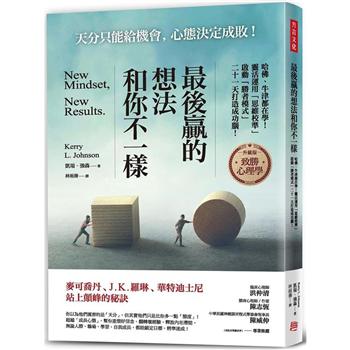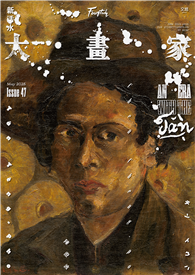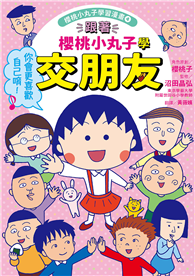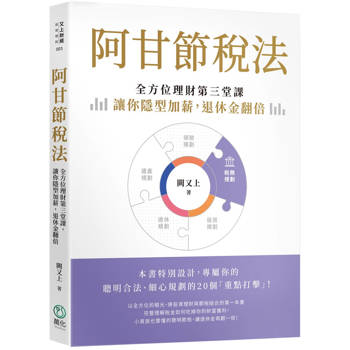In 1955, Pan American World Airways began recruiting Japanese American women to work as stewardesses on its Tokyo-bound flights and, eventually, its round-the-world trips as well. Based in Honolulu, these women were informally dubbed Pan Am’s “Nisei” (second-generation Japanese American), even if not all of them were second-generation or Japanese American. They were ostensibly hired for their Japanese-language skills, but few spoke Japanese fluently. This absorbing account of Pan Am’s “Nisei” stewardess program suggests that the Japanese American (and later other Asian and Asian American) stewardesses were meant to enhance the airline’s image of exotic cosmopolitanism and worldliness. As its corporate archives demonstrate, Pan Am marketed itself as an iconic American company pioneering new frontiers of race, language, and culture. Christine R. Yano juxtaposes the airline’s strategies and practices with the recollections of former “Nisei” flight attendants. In interviews with the author, these women proudly recalled their experiences as young women who left home to travel the globe with Pan American World Airways, forging their own cosmopolitan identities in the process. Airborne Dreams is the story of an unusual personnel program implemented by an American corporation intent on expanding and dominating the nascent market for international air travel. That program reflected the Jet Age dreams of global mobility that excited postwar Americans, as well as the inequalities of gender, class, race, and ethnicity that constrained many of them.
| FindBook |
有 1 項符合
Airborne Dreams: "Nisei" Stewardesses and Pan American World Airways的圖書 |
 |
Airborne Dreams: "nisei" Stewardesses and Pan American World Airways 作者:Yano,Christine 出版社:Duke Univ Pr 出版日期:2011-02-01 語言:英文 規格:平裝 / 15.2 x 23.5 x 1.3 cm / 普通級 |
| 圖書館借閱 |
| 國家圖書館 | 全國圖書書目資訊網 | 國立公共資訊圖書館 | 電子書服務平台 | MetaCat 跨館整合查詢 |
| 臺北市立圖書館 | 新北市立圖書館 | 基隆市公共圖書館 | 桃園市立圖書館 | 新竹縣公共圖書館 |
| 苗栗縣立圖書館 | 臺中市立圖書館 | 彰化縣公共圖書館 | 南投縣文化局 | 雲林縣公共圖書館 |
| 嘉義縣圖書館 | 臺南市立圖書館 | 高雄市立圖書館 | 屏東縣公共圖書館 | 宜蘭縣公共圖書館 |
| 花蓮縣文化局 | 臺東縣文化處 |
|
|
圖書介紹 - 資料來源:博客來 評分:
圖書名稱:Airborne Dreams: "Nisei" Stewardesses and Pan American World Airways
|











